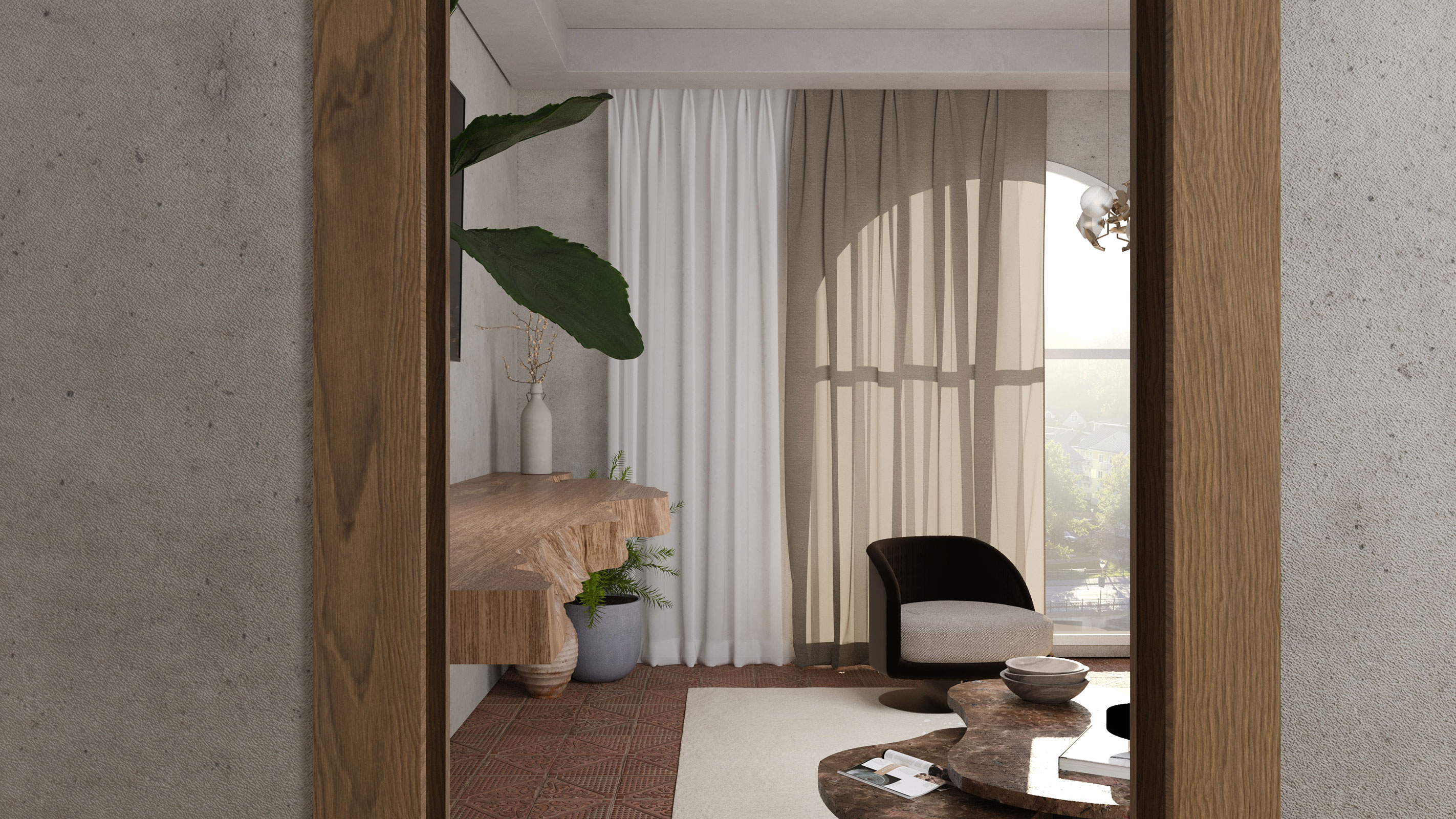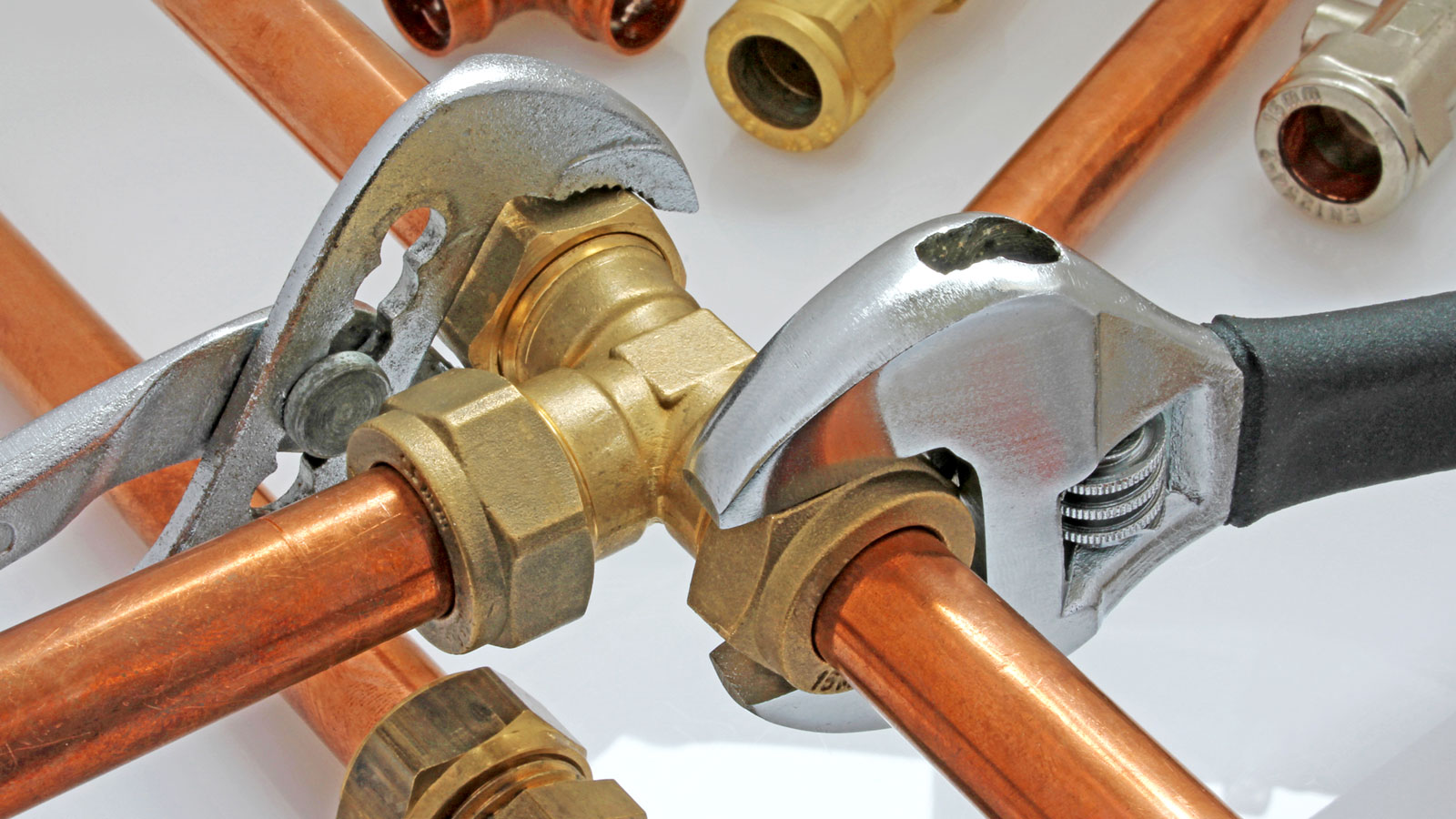"Hot House Syndrome" puts millions at risk as UK homes become unbearably hot, warn campaigners
New research claims one in 10 homeowners have been made ill in the last year by "Hot House Syndrome"

As the UK experiences increasingly frequent heatwaves, a new report reveals that millions of Brits are suffering from "Hot House Syndrome" due to poorly insulated homes.
The report from Warm This Winter has revealed that trapped heat is leading to serious health risks for people in the UK and has published tips for homeowners for how they can keep their house cool.
However, campaigners are calling for more urgent government intervention to help vulnerable people upgrade their homes to withstand extreme temperatures.
Millions in the UK endure "Hot House Syndrome"
A staggering 4.5 million people in the UK are grappling with "Hot House Syndrome," a condition where poorly insulated homes become dangerously hot during heatwaves, according to new research from campaign group Warm This Winter.
The report highlights that those most affected are often the same individuals who struggle to keep their homes warm during the winter, creating a year-round crisis for the UK's most vulnerable.
"Hot House Syndrome is a real problem caused by the UK’s appalling housing stock and affects the poorest and most vulnerable the most," said Fiona Waters, spokesperson for Warm This Winter. "The same people who suffer from damp, mouldy homes in winter are stifled in summer when the sun comes out."
The report also found that younger people aged 18-34, those from Black, Asian, and minority ethnic groups and renters from private landlords are disproportionately affected by heat-related illnesses.
Bring your dream home to life with expert advice, how to guides and design inspiration. Sign up for our newsletter and get two free tickets to a Homebuilding & Renovating Show near you.
Research calls for urgent action to retrofit homes
The research underscores the need for better home insulation and ventilation, with experts warning that without action, millions could face severe health risks as the climate continues to warm.
Dr Isobel Braithwaite, a Public Health Doctor and housing researcher, emphasised the dangers, particularly for those with pre-existing health conditions.
She claimed: "The complications arising from being too warm are especially dangerous among those with pre-existing health conditions and can contribute to summer being as dangerous to health as the winter in some cases. Without action, high temperatures in the future will herald health fears for millions."
Donal Brown, director of UK Programmes for the climate solutions charity Ashden, supported these claims, stating: "Keeping homes cool and warm is mainly about insulation, insulation, insulation – of floors, walls, and roofs. What’s essential in a rapidly warming world is that these techniques are adopted quickly by planners, regulators, and the construction industry, and we prioritise support for those least able to pay for them and those most vulnerable to overheating."
Brown called for the upskilling of builders to integrate these techniques into current and future building works, including the switch to heat pumps that can provide both heating and cooling.
As heatwaves become more common and intense, the call for government support to retrofit homes and protect vulnerable populations has never been more urgent.
Waters concluded: "The public needs financial support to upgrade their homes. Better insulation, ventilation, and even heat pumps that can operate in a cooling mode can all help. But without immediate action, the health risks associated with 'Hot House Syndrome' will only worsen."
Seven affordable tips to cool your home

With six million people in fuel poverty, Warm This Winter suggests seven affordable tips to help cool down a room or yourself during hot spells:
- Use a fan: While some worry about costs, a typical fan uses less than 100 watts of energy, costing around 3p per hour.
- Close windows and curtains: Keep windows shut and curtains drawn in rooms that receive direct sunlight.
- Place bowls of water around your home: These can help cool the air.
- Use appliances sparingly: Kettles, ovens, and even fridges generate extra heat—use them wisely.
- Seek cooler rooms: North-facing rooms are usually cooler and can offer relief, especially for vulnerable individuals.
- Switch to a sheet at night: Use a light sheet instead of a duvet during humid nights.
- Cool your body: Dip your feet in cool water or drape a cold towel over your shoulders to cool down.
However, campaigners stress that while these tips provide short-term relief, the long-term solution lies in proper home insulation and ventilation.

News Editor Joseph has previously written for Today’s Media and Chambers & Partners, focusing on news for conveyancers and industry professionals. Joseph has just started his own self build project, building his own home on his family’s farm with planning permission for a timber frame, three-bedroom house in a one-acre field. The foundation work has already begun and he hopes to have the home built in the next year. Prior to this he renovated his family's home as well as doing several DIY projects, including installing a shower, building sheds, and livestock fences and shelters for the farm’s animals. Outside of homebuilding, Joseph loves rugby and has written for Rugby World, the world’s largest rugby magazine.
